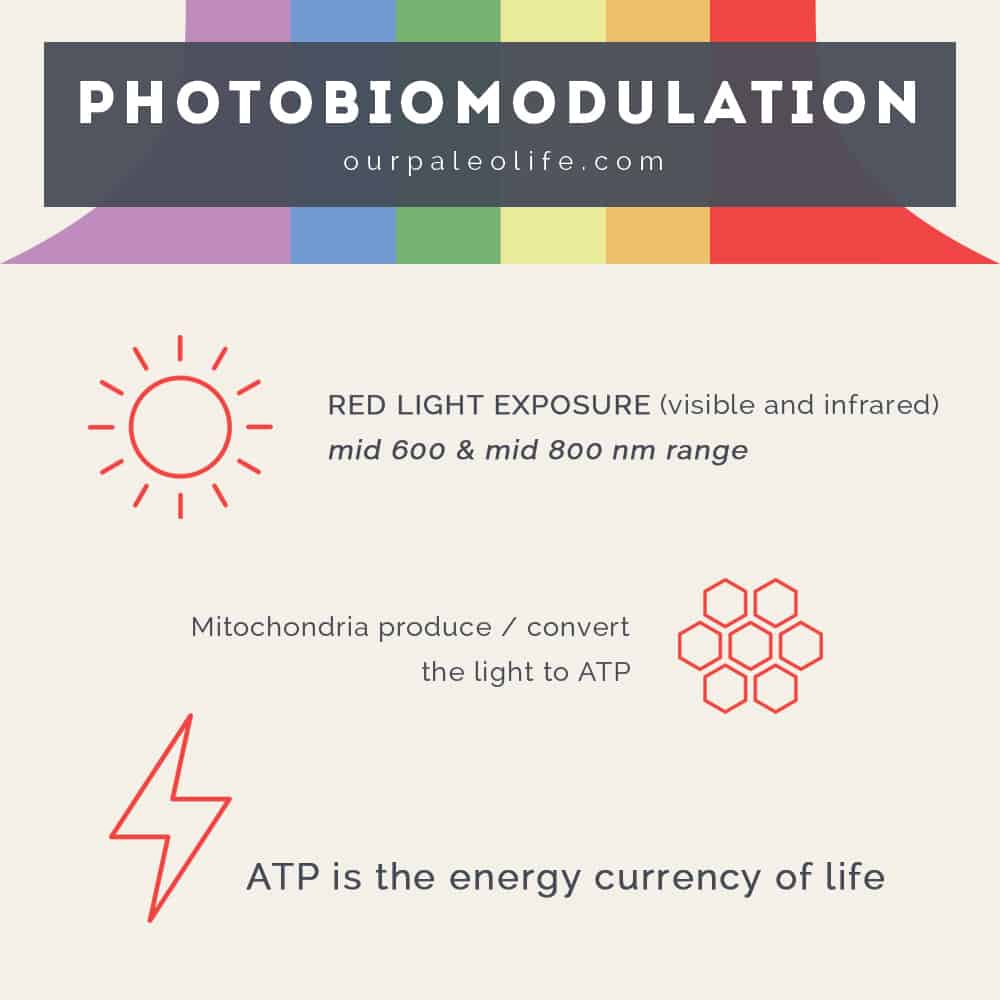Photobiomodulation Can Be Fun For Everyone
Wiki Article
Getting My Photobiomodulation To Work
Table of ContentsIndicators on Photobiomodulation You Should KnowGetting The Photobiomodulation To WorkSome Known Facts About Photobiomodulation.Photobiomodulation - TruthsThe Photobiomodulation StatementsSome Ideas on Photobiomodulation You Should Know
A healthy and balanced hesitation in the face of the advertising and marketing excitement is constantly an excellent way to safeguard ourselves from obtaining cheated, also when the most up to date item getting hyped looks fairly scientific. Hesitation implies staying away from gullibility. That being said, it does not indicate denying excellent scientific research, nor must it invite cynicism.
The skin around the tumors had been cut to much better observe what was taking place, and also Mester observed that, following his use of the laser, both hair development and also wound recovery were accelerated. He had come across a finding that would certainly assist his job moving on. His laser was not really effective: it was a low-level laser, of the kind that doesn't burn living cells, as well as the potential restorative applications of this type of laser became recognized as either cool laser treatment or low-level laser therapy.
3 Easy Facts About Photobiomodulation Shown
The wavelengths normally used for these therapies remain in the red and near-infrared part of the light range. Certainly, there's nothing ridiculous regarding the concept that light impacts biology. Our wake-sleep cycles are heavily affected by light, as well as our skin makes vitamin D out of cholesterol when it's subjected to ultraviolet light.

Unknown Facts About Photobiomodulation
They as well as various other pet models of illness become part of a pipe that allows researchers to examine their understanding of ailment with the best aim, often, of obtaining a brand-new treatment accepted. This pipeline extends from cells in society flasks to pet models to bigger and also bigger teams of human participants in the three main phases of professional tests (Photobiomodulation).
It's an onslaught that needs to be traversed as well as it triggers a whole lot of attrition. Its writers discovered that just concerning one out of pop over to this site every 10 medicines that begin to be tested in humans ultimately obtains approved.
Let that sink in. The success rate used to be greater, by their estimates one in 5 to one in 8, taking a look at information from the 1960s onwards. There are several factors for this downtick in our success price. The low-hanging fruit has already been selected, so it's coming to be harder to locate medications that function.
Rumored Buzz on Photobiomodulation
As well as regulators are a bit a lot more mindful with regards to safety and security since the 2004 Vioxx recall. An intervention like a drug or, allow's state, a laser or red LED light might appear to operate in mice, but the odds of these outcomes holding stable when effectively evaluated in humans are, statistically speaking, not fantastic.Biomedical study is very important, yet it is hard. Pertaining to terms with just how not likely initial outcomes are to translate right into an approved professional treatment allows us to readjust our expectations to be according to truth. Also a 2016 highly favorable testimonial short article on PBM's potential use in injury recovery wraps up with this cautionary note: "most studies on the impacts of laser irradiation on wound recovery have actually been carried out in mice, rats or ex-spouse vivo models [suggesting that cells website link or tissues were obtained of the pet to be explored on], while few have actually been performed medically." Famously, PBM was evaluated to treat intense stroke in 3 progressively bigger trials in humans, and in keeping with what is normally seen when false favorable outcomes deal with the songs of scientific rigour, the strategy went from working well to just helping a part of people to falling short in the third trial, to the factor where this last experiment had to be too soon terminated for futility.
Biology has such an impressive cast of molecular personalities, it is all too easy for scientists to connect a collection of dots in between An and also B.
Just because some since are particles by activated ray of light does not imply that a healing process is afoot. I remain hesitant, especially of the a lot more outrageous claims of photobiomodulation, and I still do not comprehend exactly how sunshine does not already give whatever benefit PBM lights possess.
This fast commercialization of amazing scientific research that isn't technically all set for primetime has been called scienceploitation, and regrettably PBM is showering in it. The action toward making use of LEDs rather of lasers has actually been helpful to this marketing initiative: the FDA considers an LED's power level to be below that which constitutes a medical hazard, so tools utilizing them are not managed as tightly as those utilizing a lot more hazardous technologies.
The Single Strategy To Use For Photobiomodulation
That is not to say that all of PBM's applications are hogwash or that future research will never ever generate even more efficient applications of it.A healthy uncertainty is required right here, specifically when it comes to claims of red light improving dementia. - Photobiomodulation is devoted to the suggestion that cool lasers or red and near-infrared lights can stimulate the body to recover itself of a variety of diseases- The huge bulk of research into photobiomodulation was done on pets, not humans, as well as the majority of favorable results in guinea pig do not bring about authorized treatments in people- Proponents of photobiomodulation will commonly cite that we understand just how it impacts the body at a molecular level, but these sort of systems are simple to look at this site hypothesize and also they do not indicate that the innovation is in fact curing anything.
Report this wiki page